
by Lorri | Jan 14, 2015 | UnCorked
Many white wine lovers want to cross over into the world of reds, but it’s usually the heavy drying that tannins produce on the palate that stifles their leap. The tannins develop as red grapes soak with their skins during fermentation, a process most white wines do not undergo. This process creates a substantial difference in the taste of white and red wines.
The good news is there are many red wines with moderate or even soft tannins offering a subtle, juicy taste similar to white varieties. Here are a few that just might convert dedicated white wine drinkers to the enticing world of reds.
Lambrusco
Lambrusco is the white wine drinker’s dream in a red wine. Not only is it refreshing, with barely noticeable tannins, it is extremely low in alcohol (usually only 8 percent ). It’s made in the Emilia Romagna region in Northern Italy. Many think of it as the sticky sweet wine in mass production in the 1970s. But don’t confuse all Lambrusco as being equal. Quality Lambrusco is such a joy to drink because it has a slight bubbly spritz with flavors of blueberry to strawberry.
THE VALUE
- NV Lambrusco dell’Emilia Lambrusco, Italy (about $10 retail)
THE SPLURGE
- NV Santo Stefano Lambrusco, Italy (about $14 retail)
Pinot noir
Pinot noir may be the standard for light-bodied, low-tannin red wine. You can compare it to almost the opposite end of the spectrum of a big, bold cabernet sauvignon. It is used in some of the most celebrated wines of all time, but can be found in values throughout the world. These wines will have low tannins and taste of strawberry and cranberry, with fresh fruity aromas.
THE VALUE
- 2013 Irony Monterey Pinot Noir, California (about $11 retail)
THE SPLURGE
- 2012 Schug Sonoma Coast Pinot Noir, California (about $24 retail)
Gamay
Gamay is best known as the grape behind the famed Beaujolais of France. The most famous is Beaujolais Nouveau, which is bottled and on retail shelves within months of production. The reason for its freshness is because it is designed to be consumed within a year of bottling. Beaujolais is truly a white wine drinker’s bridge to trying red wines, with a light taste of strawberries, raspberries and ripe cherries.
THE VALUE
- 2013 Georges Duboeuf Beaujolais, France (about $10 retail)
THE SPLURGE
- 2013 Louis Jadot Beaujolais, France (about $18 retail)
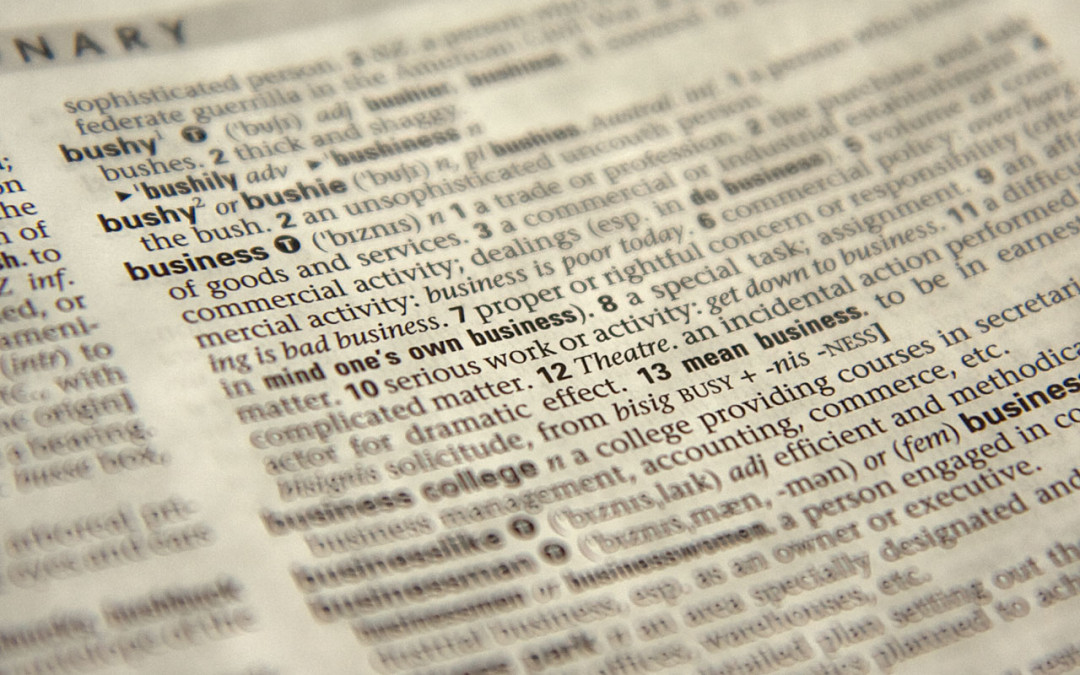
by Lorri | Jan 7, 2015 | UnCorked
The language of wine may be one of the most frustrating aspects of learning about wine for new wine drinkers. Fruity, flabby, acidic, firm, rich and fresh are just a few of the terms thrown around. I remember one of my first wine classes in London when my instructor described a wine with deep serious observance as smelling of “barnyard manure.” At the time I never would have guessed the phrase would be used to describe one of the finest wines I have ever had the honor to drink later in life … aged Burgundy.
Over the years the language of wine became a personal obsession, as I was constantly learning and unraveling exactly how to describe a wine. I think wine lovers may be one of the largest groups of underground geeks. We smell everything, read anything with the word wine involved and we will share a glass of wine with 10 people in the room just to get a taste.
Wine terminology isn’t as confusing as it seems if we stop to consider the words are simply memorable ways to describe specific smells and tastes and other traits. These are a few of the more interesting terms in our wine world.
Cat’s pee on a tomato bush
I know, not words you want associated with something you’re about to drink, but this description is spot-on for the distinctive smell of most sauvignon blanc. Other words used to describe the grape include “flinty,” “grassy” and “gun smoke.”
Flabby
Another confusing term if your first thought is of untoned muscle. This term is actually used to describe a wine too low in acidity.
Dumb
It isn’t an insult to the wine’s intelligence, but describes a wine with undeveloped aromas. Usually the description refers to a very young wine in a certain stage of aging.
Clean
This means there are no off flavors or aromas in the wine.
Hot
While it’s true a wine served too warm could be called hot, this actually refers to the alcohol and balance of a wine. Unbalanced, high-alcohol wines can be hot in that they create a burning sensation in the mouth.
Legs or tears
This is one of my favorite wine terms, but it is also possibly one of the most misunderstood phrases in wine language. This term is not a visual measure of quality but of alcohol content. Legs and tears refers to the colorless streams left on the inside of your glass when you swirl the wine around. The slower the streams fall and the thicker they are is usually a sign of higher alcohol.
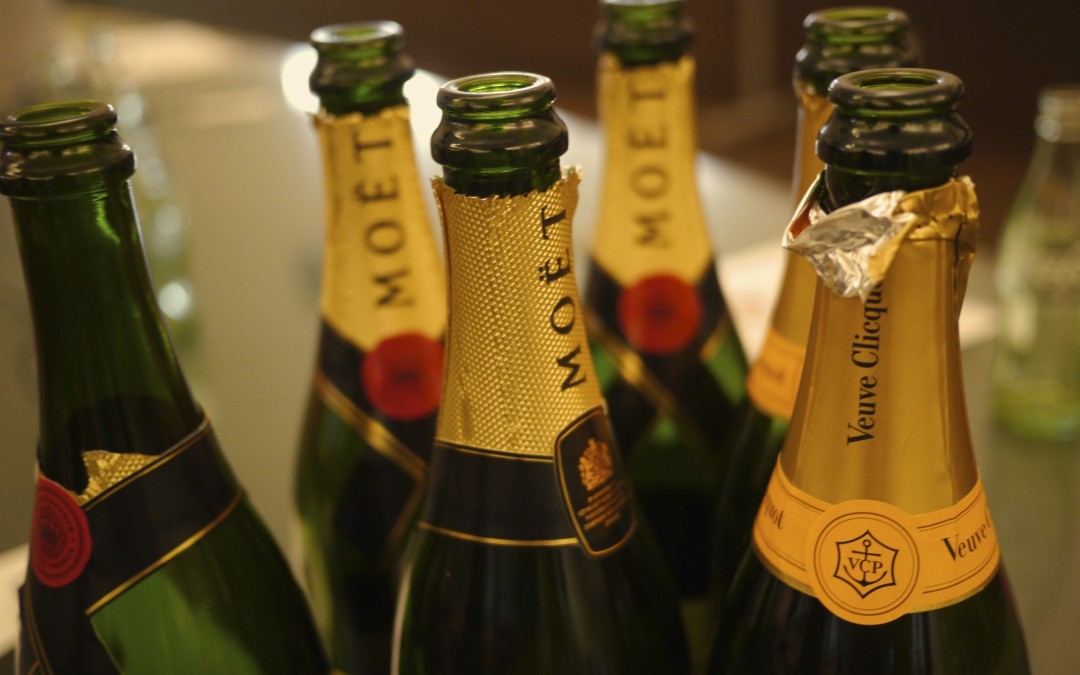
by Lorri | Dec 31, 2014 | UnCorked
Tonight most of us will be toasting with a glass of bubbly. So it is fitting to take a moment to consider how this celebratory drink got its sparkle.
There are many methods to get fizz in the glass, but this story is how it is done with Champagne. It begins as any other wine: Grapes are picked, pressed and fermented. Then the magic begins. The first step is blending. Almost an art form, the winemaker will taste and select from separately fermented vats from individual vineyards to create the ideal recipe.
The carefully blended wine will then go into bottles, along with a small amount of yeast and sugar. This crucial step distinguishes bubbly from all other styles of wine. This is the second fermentation. As the yeast feed on the sugar, tiny bubbles of carbon dioxide are created and remain trapped inside.
But this is still an early part of the journey for fabulous Champagne.
The wine will then be left on its “lees” (dead yeast) for a few weeks or in some quality Champagnes even months. This gives the wine time to absorb the yeasty, rich aromas we love. Next is the final magic trick: taking away the tiny yeast without getting rid of the bubbles. The bottles are placed horizontally, top of the bottle down, in hinged wooden racks kept in dark cool cellars. For about two months, each individual bottle (sometimes up to 40,000 bottles a day) will be turned by hand. Obviously these are the most prestigious of Champagnes.
The ending process is not as romantic as the slow turning of the bottles, but it is just as critical : The necks of the bottles are put into a freezing solution where the dead yeast formed into a sediment. This ice plug is shot out of the bottle, a process called “disgorgement,” and then each bottle is topped with a “dosage,” a mixture — usually a small amount of sugar. And finally, the famous Champagne is closed with the wire and cork.
As you ponder the price of amazing bubbly, don’t forget how much love and attention went into this bottle along with the handcrafted spirit behind this artisan craft.
THE VALUES
- NV Piper-Heidsieck Brut, France (about $45 retail)
- NV Pierre Peters Blanc de Blanc, France (about $53 retail)
THE SPLURGE
- 2004 Perrier-Jouet Belle Epoque, France (about ($199 retail)
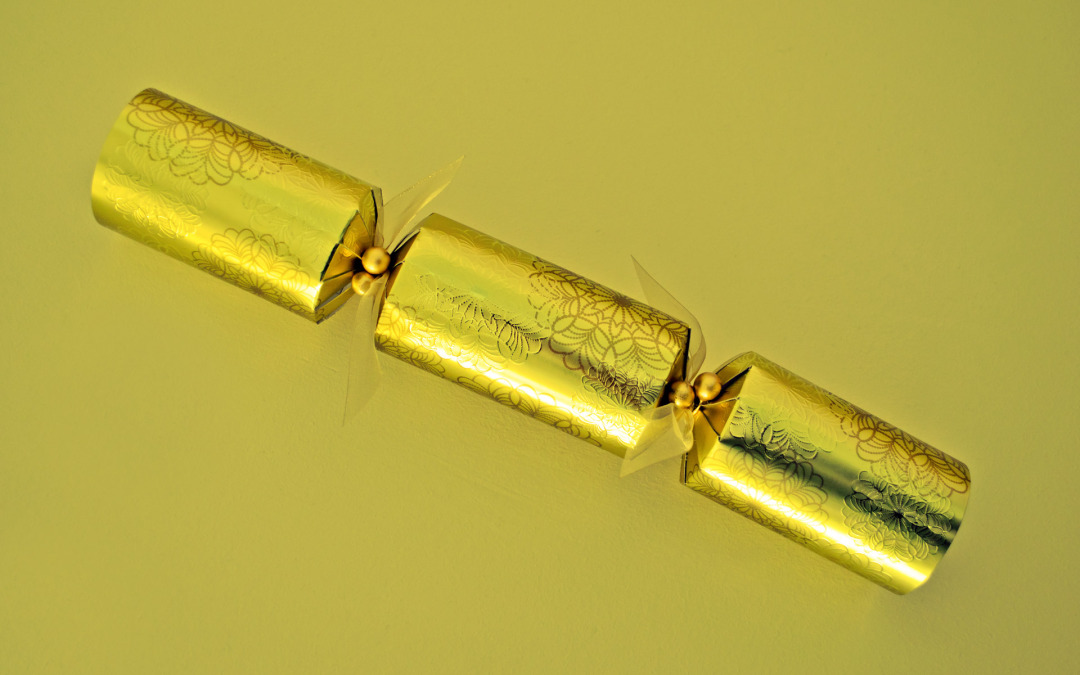
by Lorri | Dec 17, 2014 | Tips, UnCorked
This time of year I think many of us are looking for ways to save money on entertaining. Whether planning a large cocktail party or intimate gathering, these tips can help keep you on budget for holiday wine buying.
Remember the basics
Buy by the case, shop on the retailers’ discount “wine day,” check for in-store specials and always shop around for the best savings. These basic tips can sometimes save you up to 20 percent off on your wine buying.
Quality wines at value prices
For quick savings substitute vintage Champagne with blanc de blanc; cabernet sauvignon with malbec; pinot noir with merlot; and vintage port with late-bottled vintage port (LBV).
Don’t shy away from blends
Many wineries have a blend labeled simply “red wine.” This can be a great place for savings because many of these blends are created from other single varietal bottlings not used for the vintage. It offers the consumer a lower price point, but from a reputable winemaker and vineyard.
Buy big
For large parties 1.5 liter bottles or boxed wines can be a great value. Many quality boxed wines contain the equivalent of four standard bottles and are usually priced less than $20 a box. And if you don’t want your guests to see you’re serving boxed wine, simply pour it into decorative carafes.
Step our of your comfort zone
Consider wines from emerging regions with little or no recognition. Chile and Argentina continue to offer remarkable value, but also consider lesser-known regions in California and up-and-coming wine regions such as New York state.
Get to know your retailer
Make friends with your wine shop staff. With simple conversations your retailer will begin to understand your likes and dislikes, guiding you to the best wines available. Throughout the year you may have a certain wine as your everyday wine but this time of year your retailer may guide you to a similar style at a special price.
And always remember, the best way to find great deals is to ask.
- 2012 Force of Nature Red Blend, California (about $13 retail)
- 2014 Mark West Chardonnay, California (about $12 retail)
- 2013 Norton Malbec, Argentina (about $10 retail)
- 2014 Candoni Pinot Grigio, Italy (about $15 retail for 1.5 liters)
- NV Treveri Blanc de Blanc sparkling wine, Washington (about $14 retail)
- 2014 La Playa Merlot, Chile (about $9 retail)
- 2014 Black Box Cabernet Sauvignon, California (about $24 retail for 3 liters)
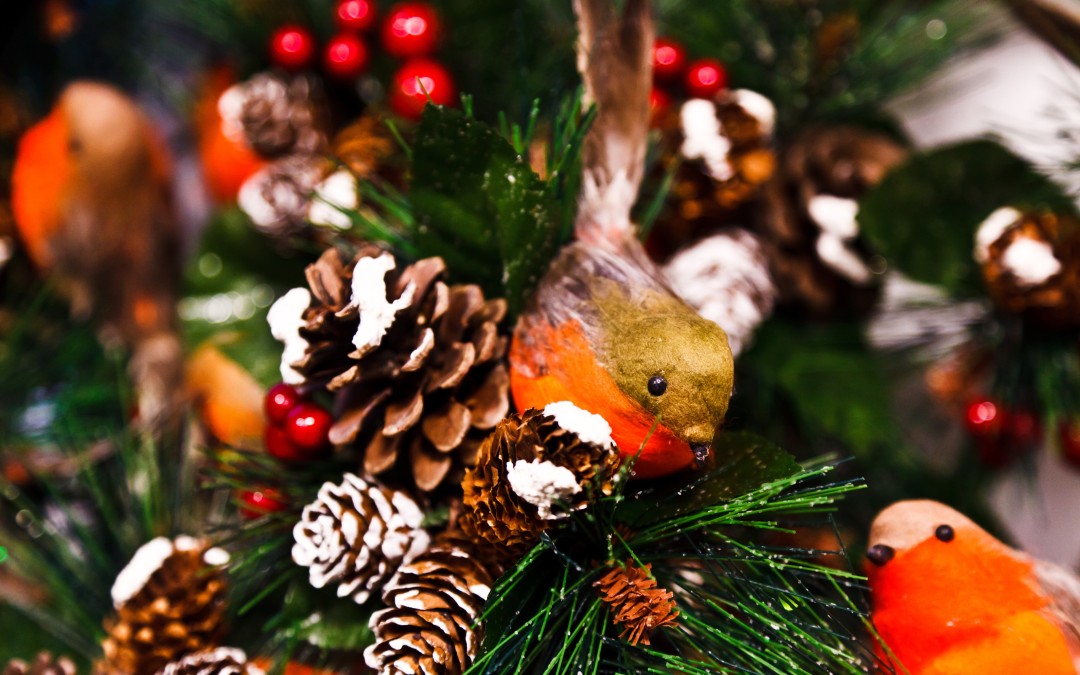
by Lorri | Dec 10, 2014 | Tips, UnCorked
December is perhaps the most social of months. It is filled with formal and casual gatherings with family from near and far. A fun, entertaining and easy way to entertain those special family members and friends — from neighbors to book club members — is a fun and festive wine tasting party. It makes for an intimate time with friends and family, yet creates a relaxed atmosphere where friends from different circles can meet and mingle. And of course, the best part involves savoring the wine and learning in the process. These are just a few tips and ideas to lighten the stress of planning.
Keep it small
The ideal number is usually six to eight guests. This size group is easily accommodated around a dining room table and is compatible with the number of pours for tasting samples from a bottle of wine.
Keep it casual
No need for fancy printed invitations. A quick email, text or Evite is sufficient to let your guests know the theme and start time. The starting time is crucial, though — this is one party difficult to start over for those stragglers.
Pick a theme
If you are supplying the wines or asking guests to join in, stay with a common theme in order to make comparisons. It doesn’t have to be a formal designation of a grape variety, region or price. Change it up for the holidays and consider “anything that bubbles,” “wintery reds,” “anything sweet” or even “bring the most expensive bottle you can afford” or “the best bargain of the year” themes. To keep it festive and not feeling like a classroom, I recommend no more than four to five wines for the evening. If you want to get a little more complex than a simple tasting, put a twist on the evening with a theme of pairing cheese and wine. Host a friendly competition among guests to find the pairing. Or conduct a blind wine tasting for guests to guess the varietal, the most expensive bottle or even the region.
What you’ll need
For the simplest setup, provide each guest with an all-purpose wineglass, a water glass and a paper cup for those looking to spit. A festive touch would be having a personalized wineglass, glass charm or other wine themed accessory for your guests to take home as a holiday gift. If you want to add food for the tasting, a sliced baguette or neutral cracker helps cleanse the palate between wines.
The how-to
The lineup for tasting should start with the driest wines and move toward the sweetest for whites; light-bodied to full-bodied styles for reds. An example would be pinot noir, merlot and then zinfandel. If you are using candles, be sure to buy unscented ones, because the fragrance can interfere with taste and smell.
The most important tip is to keep the evening relaxing and fun for your guests. It’s just another way to enjoy wine while also having a bit of fun with it.
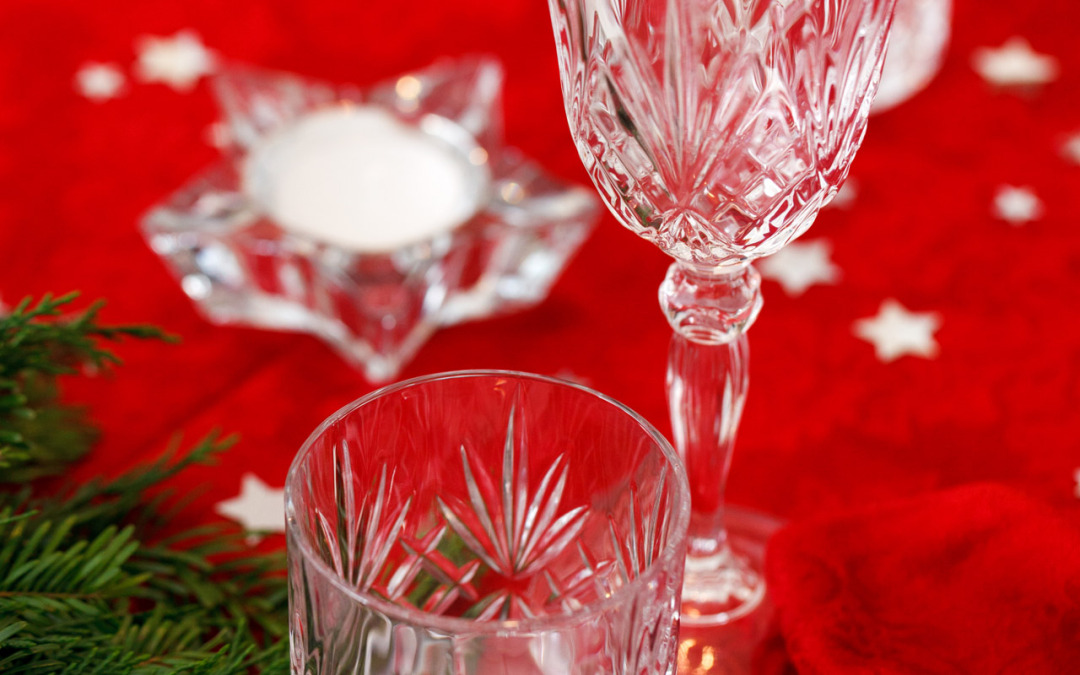
by Lorri | Dec 3, 2014 | UnCorked
This is the time of year when many of us start looking for unique, yet intimate entertaining ideas. Unique doesn’t have to mean elaborate ice sculptures or expensive cuisine. Think about adding some sparkle with holiday wines.
MAKE IT SPARKLE
It may not be to everyone’s taste, but Champagne or sparkling wine can be served throughout an entire meal or evening. Begin with brut non-vintage Champagne or sparkling wine as an aperitif as guests arrive. This wine will match with any food selection with a salty characteristic. For the main course, pair a fish (salmon, sole or sea bass), poultry or white meat topped with a beurre blanc, cream sauce or hollandaise with vintage Champagne or a premium sparkling wine. If a red meat or game dish is your preference, sparkling rose is an ideal match. When it comes to dessert, avoid chocolate or ice cream and serve a soft, creamy, fruity pastry with a sec (sweet) or demi-sec Champagne.
THE VALUE
- NV Treveri Cellars Blanc de Blancs, Washington (about $16 retail)
THE SPLURGE
- NV Moet and Chandon Rose Imperial, France (about $70 retail)
JUST DESSERTS
Offering a holiday party menu of dessert and wine pairings can keep the party planning minimal, and is ideal if guests will be attending other functions or dropping into several parties the same evening. One classic pairing is vanilla bean ice cream with the delectable rich and sweet Pedro Ximenez Sherry poured over the top. Nut desserts like pecan pie, chestnut mousse or walnut tarts match well with fortified wines such as Royal Tokaji, Cream Sherry or Australian Muscat. Cream- or dairy-based desserts such as cheesecake are complemented by late harvest Gewurztraminers. Egg desserts such as custards or souffles pair well with Tawny Port.
THE VALUE
- 2012 Hogue Late Harvest Riesling, Washington (about $12 retail)
THE SPLURGE
- NV Osborne Tawny Port, Portugal (about $22 retail)
CHARCUTERIE AND CHEESE
A meat and cheese tray takes on a special flair when it is composed of locally cured meats and hand-made cheeses. The menu sets itself up for an easy drop-in entertaining opportunity with minimal preparation, zero cooking time and a fun casual setting. Salami, sausage, prosciutto, chorizo and jamon serrano each pair ideally with red wines as do many cheeses. Consider adding a cheese board pairing of blue cheeses, aged goat cheeses, and nutty sweet cheeses like gruyere, cheddar and parmesan. Wines that pair well with most charcuterie and cheeses include cabernet sauvignon, pinot noir, merlot, red blends, port and oloraso sherry. An added bonus — there’s no need to have specific individual wine and food pairing options. Let your guests (and yourself) explore the pairing choices.
THE VALUE
- 2013 Force of Nature Red Blend, California (about $17 retail)
THE SPLURGE
- 2013 Migration by Duckhorn Pinot Noir, California (about $43 retail)





